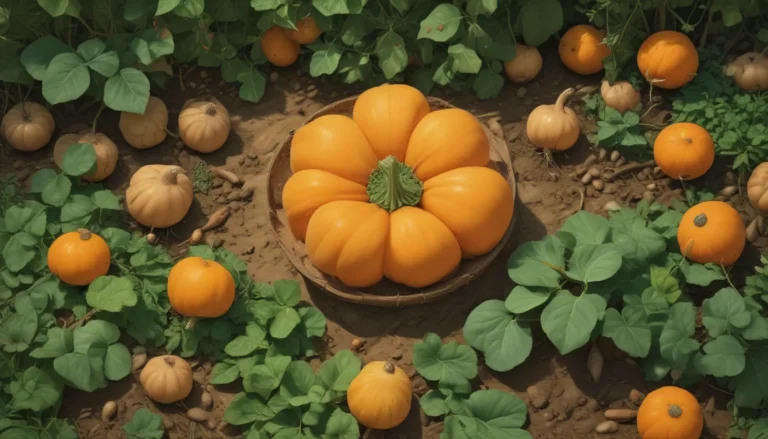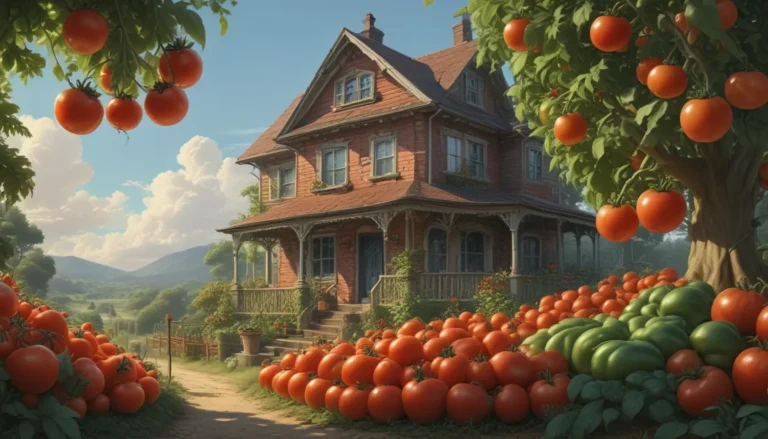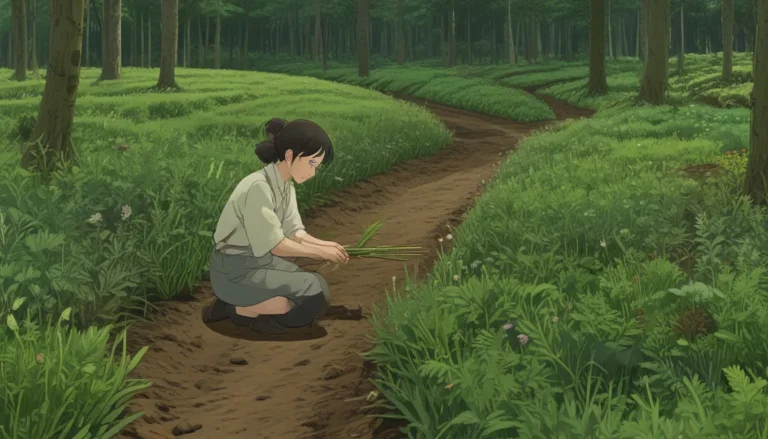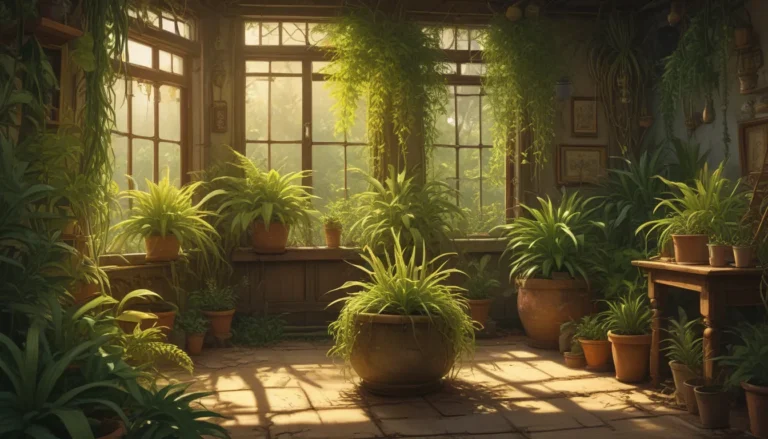A Comprehensive Guide to 17 of the Best Coreopsis Varieties

When it comes to adding vibrant colors and beautiful blooms to your garden, few flowers compare to coreopsis, also known as “tickseed.” Native to North America, coreopsis comes in a wide array of colors, heights, textures, and hardiness suitabilities. With the daisy-like blooms that are often perennial, coreopsis varieties offer endless options for gardeners in nearly every climate zone.
You can grow coreopsis as borders, in flower gardens, wildflower fields, hanging baskets, or containers, allowing for limitless creativity in your garden design. To help you explore the diverse world of coreopsis, we’ve compiled a list of 17 recommended varieties that are sure to elevate your garden landscape.
17 of the Best Coreopsis Varieties
- Amulet
- Crazy Cayenne
- Double Sunburst
- Hot Paprika
- Mardi Gras
- Mercury Rising
- Moonbeam
- Pumpkin Pie
- Radiana Tigrina
- Red Chiffon
- Red Elf
- Red Satin
- Sterntaler
- Sunburst
- Sunfire
- Tall Red
- Zagreb
A Note About Species
Before we dive into the specific varieties, let’s take a moment to explore six main species of coreopsis that form the foundation for many of the popular cultivars available:
C. Auriculata (Lobed Tickseed)
- Native Range: Lower 48 states, particularly in the east and southeast.
- Characteristics: Low-growing with wide, ovate leaves and bright yellow toothed flowers.
- Growth: Spreads via runners, with blooms appearing in April and May.
C. Grandiflora (Large-Flowered Coreopsis)
- Native Range: Extensive in Canada and the United States.
- Characteristics: Wide, grass-like leaves and yellow flowers with maroon centers.
- Growth: Clump-forming perennial with a long blooming season from late May to late August.
C. Lanceolata (Lance-Leaf Coreopsis)
- Native Range: Eastern and central United States, naturalized in various regions globally.
- Characteristics: Narrow leaves and bright yellow flowers in meadows and fields.
- Growth: Wild along roadsides, blooms from May to July.
C. Rosea
- Native Range: Nova Scotia to Maryland.
- Characteristics: Thin, grass-like leaves with pink, fairy-like blooms.
- Growth: Blooms from June to September, ideal for color variation in cultivars.
C. Tinctoria (Dyer’s Coreopsis)
- Native Range: Western United States with a strong red and yellow dye presence.
- Characteristics: Bright red and yellow flowers, often called “plains coreopsis.”
- Growth: Annual variety with reseeding capabilities and a blooming season from June to September.
C. Verticillata (Threadleaf Coreopsis)
- Native Range: Eastern United States, known for thin, threadlike leaves.
- Characteristics: Yellow flowers and whorled leaf arrangement.
- Growth: Blooms from June to September, ideal for various garden settings.
Now that we’ve covered the essential species, let’s delve into the details of each of the 17 recommended coreopsis varieties to help you select the perfect options for your garden sanctuary.
1. Amulet
- Characteristics: Pointed, toothed petals in vibrant red with red and yellow disks.
- Growth: Annual variety, 10-12 inches tall, and USDA Hardiness Zones 2-10.
- Availability: Seeds available at Eden Brothers.
2. Crazy Cayenne
- Characteristics: Red-orange color similar to cayenne pepper with pleated petals.
- Growth: Perennial, 15-18 inches tall, and Zones 5-9.
- Availability: Bare root plants at Spring Hill Nurseries via Home Depot.
3. Double Sunburst
- Characteristics: Butter yellow, semi-double and double flowers.
- Growth: Perennial, 24-36 inches tall and Zones 4-9.
- Availability: Seeds available at Botanical Interests.
4. Hot Paprika
- Characteristics: Dainty, dark red blooms with pleated petals.
- Growth: Perennial, 15-18 inches tall, and Zones 5-9.
- Availability: Bare root plants at Spring Hill Nurseries via Home Depot.
5. Mardi Gras
- Characteristics: Slim petals curling downward, yellow with red splash at the base.
- Growth: Annual dwarf, 12-18 inches tall, and Zones 2-10.
- Availability: Seeds available at Eden Brothers.
6. Mercury Rising
- Characteristics: Bright red blooms with blue frosted edges.
- Growth: Perennial, 15-18 inches tall, and Zones 5-9.
- Availability: Potted plants at SmartMe via Amazon.
7. Moonbeam
- Characteristics: Pale yellow flowers, Perennial Plant Association’s Plant of the Year in 1992.
- Growth: Up to two feet tall, 1-2 inches diameter, and Zones 3-9.
- Availability: Live plants at Burpee.
8. Pumpkin Pie
- Characteristics: Soft, pumpkin-orange petals with yellow and reddish-orange strips.
- Growth: Low-growing perennial, 7 inches tall, and Zones 9-10.
- Availability: Potted plants available at Nature Hills Nursery.
9. Radiana Tigrina
- Characteristics: Red petals striped with yellow, dwarf perennial.
- Growth: 12-18 inches tall, 2-3 inches diameter, and Zones 4-9.
- Availability: Seeds available at Eden Brothers.
10. Red Chiffon
- Characteristics: Dark pink center, pale pink and yellow edges.
- Growth: Height 15-18 inches, spread 18-24 inches.
- Availability: Potted plants at Home Depot.
11. Red Elf
- Characteristics: Pleated wine-colored petals, compact variety.
- Growth: 8-12 inches tall, 12-18 inches spread, and Zones 5-9.
- Availability: Live plants at Nature Hills Nursery.
12. Red Satin
- Characteristics: Ruby-red petals on delicate stems.
- Growth: Height 15-18 inches, spread 18-22 inches, and Zones 5-9.
- Availability: Live plants at Nature Hills Nursery.
13. Sterntaler
- Characteristics: Bright golden flowers with red-brown loop, “star money” in German.
- Growth: 12-15 inches tall, 12-16 inches spread, and Zones 4-9.
- Availability: Seeds available at Eden Brothers.
14. Sunburst
- Characteristics: Showstopping semi-double bright blooms.
- Growth: Up to 3 feet tall, 12-18 inches spread, and Zones 4-9.
- Availability: Seeds available at Eden Brothers.
15. Sunfire
- Characteristics: Yellow semi-double blooms with red bases.
- Growth: 18-24 inches tall, 12-18 inches spread, and Zones 4-9.
- Availability: Seeds available at True Leaf Market.
16. Tall Red
- Characteristics: Wide red petals on a stunning annual variety.
- Growth: Up to 3 feet tall, 1-1.5 feet spread, and Zones 2-11.
- Availability: Seeds available at Eden Brothers.
17. Zagreb
- Characteristics: Bright yellow flowers, perfect for pairing with purple or blue blooms.
- Growth: Up to 15 inches tall, 12-15 inches spread, and Zones 3-9.
- Availability: Potted plants at Nature Hills Nursery.
Comely Coreopsis
Regardless of the variety you choose, planting coreopsis in your garden guarantees steady blooms and vibrant colors that are sure to uplift your spirits. Whether you prefer small delicate petals or bold bursts of color, coreopsis has something for every garden style.
What is your favorite coreopsis variety? Share your thoughts in the comments below, or if you have any questions, feel free to ask!
Dive into more coreopsis gardening guides with tips on growing, preparing for winter, and deadheading to keep your garden blooming beautifully. Let coreopsis brighten up your garden and your mood with its stunning array of colors and varieties.





